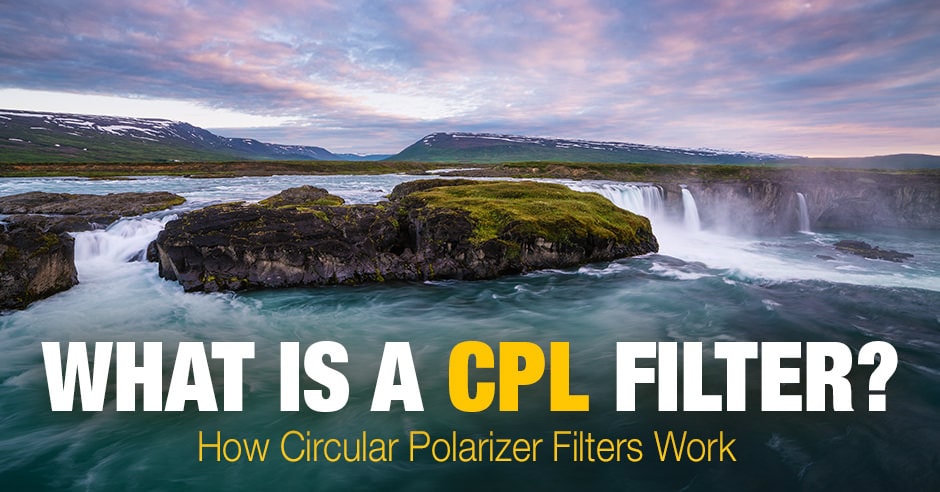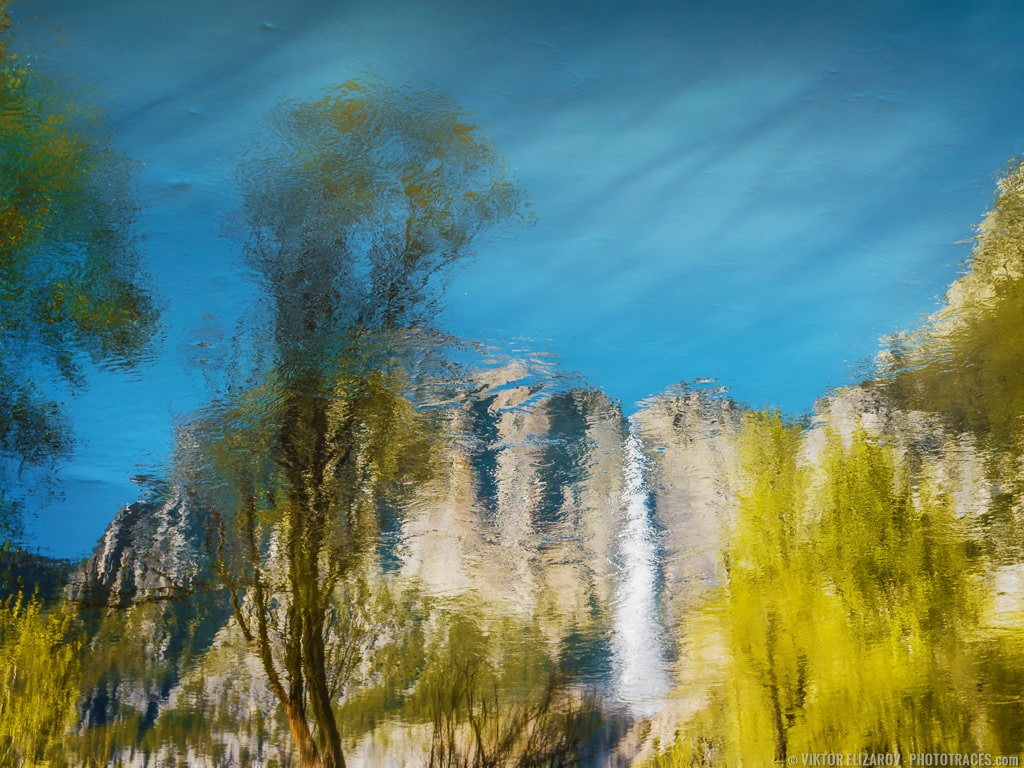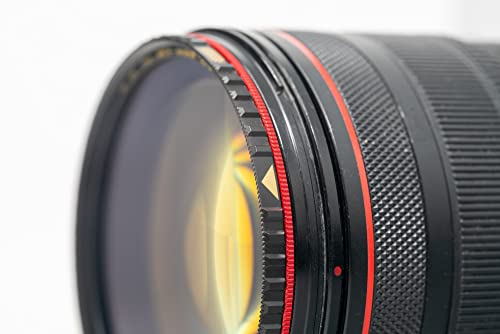If you’re looking to understand what is a CPL filter, what it can do, and how to use it, then you’ve come to the right place.
While a circular polarizer is one of the most
useful accessories you can get, it can be a hard tool to wrap your head around.
So in this article, I’m going to tell you everything you need to know about CPL
filters.
Let’s dive right in.

What is a CPL Filter?
CPL stands for circular polarizer/linear. A circular polarizer filter is a piece of glass that mounts onto the front of a camera lens, and cuts down on glare and reflections in a scene. Circular polarizers are especially popular among landscape photographers because they can drastically improve colors in your photos.
What Does a CPL Filter Do?
There are a few key CPL effects that you’re
going to want to be aware of, because they can instantly improve your images:
1. Removing Reflections
Circular polarizers remove reflections from
your images.
So if you’re photographing a lake, instead of capturing unpleasant reflections on the lake, you’ll be able to see through the water.
Circular polarizers cut down on other types of
reflections, too–such as reflections in glass (such as when shooting through
windows), or even reflections in metal, like you’d get when photographing a
car.
2. Darkening Blue Sky
When you photograph a cloudless sky, you’ll
end up with a dull blue color.
This stems from light that’s scattering
throughout the atmosphere.
But if you use a circular polarizer, you’ll
filter out a lot of that scattered light.
And you’ll end up with a beautiful dark blue
color. A color that looks amazing in
landscape photos.

3. Saturating Colors
I already talked about how circular polarizers
cut down on reflections.
But I didn’t focus so heavily on a consequence
of this:
If you’re photographing a colorful surface,
removing reflections will allow the true colors to shine through.
And the result will look far more saturated.
One place to look for this is when working
with foliage, especially in autumn. With a polarizer, you can reduce reflected
light and get wonderfully saturated colors.

4. Reducing Atmospheric Haze
If you try to take a photo with mountains or
other structures off in the distance, you’ll notice that things can look a
bit…hazy.
But a circular polarizer can help–by reducing
the effect of the reflected light in the atmosphere. That way, you can get
sharper, more contrast-heavy images.
When to Use CPL Filters
Circular polarizer filters are most commonly
used by landscape photographers, in order to enhance certain aspects of the
scene.
But when, specifically, should you use a
circular polarizer?
1. Eliminating Reflection
First, you’ll want to use a CPL filter whenever
you need to eliminate a reflection.
Water is the most common source of this for
landscape photographers; sticking a circular polarizer onto your lens will make
lakes and rivers look much more stunning.
2. When Shooting After the Rain
When it rains, droplets of water form all over
the landscape, causing unwanted reflections.
But a circular polarizer will take care of
this, resulting in much better colors.

3. When Shooting High Dynamic Range Scenes
While it’s nice that circular polarizers help
saturate colors and darken skies, it’s not all that useful. After all, you can
create an identical effect using Lightroom.
But CPL have a unique effect:
They darken skies before you take a shot. This means that the scene will have a lower dynamic range, so the scene will be easier to capture in a single image.

4. Hazy Weather
When the weather is hazy, a circular polarizer
will help to increase contrast and sharpness.
This is especially useful when photographing
mountains, but is also helpful for enhancing any distant subjects.

5. Shooting Through Glass
If you’re a street photographer or an
architectural photographer, you may find yourself wanting to photograph through
windows.
But your images will be plagued by unwanted
reflections that distract from the subject.
A CPL filter will minimize the reflections, so
you’re free to capture stunning shots from behind a window.
When Not to Use CPL Lens Filter
There are times when you’ll want to keep a CPL
off your lens:
1. Beautiful Reflections
For instance, reflections can enhance some
photos. Sometimes, water looks better with reflections–especially if you’re
photographing golden water at dawn or dusk.

In this case, a circular polarizer can only
harm the final image.
2. Hand Holding in Low Light
Because circular polarizers cut down on light
transmission, they have a potentially problematic side effect:
They force you to use a slower shutter speed,
wider aperture, or higher ISO to compensate.
In general, you lose around 1-3 stops of light
using a CPL filter.
For this reason, circular polarizers should be
avoided when handholding your camera in low light.
How to Use CPL Filters
Working with a circular polarizer isn’t
difficult. Simply screw it on to your lens, and turn it in different
directions.
Depending upon the different reflections you’re dealing with, different filter orientations will give you the strongest polarization effect.
Related: Understanding Variable ND Filters & How to Select the Best One
Whenever you include sky in your photo, you
should be aware of the sun’s position. This is because the strongest
polarization effect occurs 90 degrees from the sun’s direct rays.
In other words, if the sun is directly
overhead, you’ll get very little polarization effect in the sky around the sun.
But the sky on the horizon–90 degrees from the overhead sun–is going to be
strongly polarized, resulting in a much darker blue.
If you’re not careful, this can become a
problem. If you include too much of the sky in your photo, you’ll end up with
an unwanted gradient, one that looks unprofessional. So make sure to pay
attention to the angle of the sun, and minimize this effect as much as
possible.
Negatives of Using CPL Filters
Working with circular polarizers can cause
some problems:
1. Image Quality
As with any filter, adding a CPL in front of
your lens will reduce image quality.
The higher the filter quality, the less the
filter will affect your images. But there’s always going to be some reduction
in quality.
And low quality filters will only serve to
introduce unpleasant flare and sharpness issues into your images.
So unless you’re buying a high-quality CPL,
don’t buy any at all.
2. Light Reduction
Another big drawback to circular polarizers is
the reduction of light.
I mentioned previously that you lose 1-3 stops
of light when using a CPL filter (where the precise amount of light you lose
depends on the filter).
Modern filters tend to only reduce light by
one stop, so the sacrifice isn’t a huge one–but it’s something to pay
attention to, especially if you frequently handhold your images.
3. Wide Angle Lenses
Remember how different parts of the sky are
polarized differently, depending on the angle of the sun?
This is especially noticeable when using a wide angle lens.
So you need to be careful to aim your lens at
areas where the gradient isn’t so obvious–or you’ll be forced to make
corrections in post-processing later.

I would end up with the sky much darker on one side.
Types of CPL Filters
There are a few types of CPL filters you
should be familiar with:
By Filter Factor
CPLs are frequently identified based on their
filter factor.
You’ll often see this represented as a
multiplier: 2x, 4x, etc.
Note that this indicates that stops of light
the filter will reduce. A factor of 2x reduces the light by 1 stop, a factor of
4x reduces the light by 2 stops, and so on.
Circular vs Linear
Linear polarizers can polarize the light
before it reaches the camera sensor, but circular polarizers include an extra
step:
They adjust the light further, so that it can be used effectively by autofocus and metering systems.
And since the autofocus is a vital functionality of modern cameras, linear polarizers are rarely used today.
By Size
CPL size refers to the filter diameter, which
corresponds to the diameter of the lenses a filter can be mounted on.
A 77mm circular polarizer, for example, can
only be mounted on 77mm lenses. In practice, this means you need a circular
polarizer for each lens diameter you own.
Hybrid Circular Polarizers
While most circular polarizers are fairly
standard, some companies offer filters that offer both neutral density
capabilities and circular polarizer capabilities.
For instance, Breakthrough Photography sells a “Dark Circular Polarizer,” which both polarizes and blocks light.
Best CPL Filter Models
Now let’s take a look at the best circular
polarizers on the market today:
01. Breakthrough Photography X4 CPL Filter

Breakthrough Photography X4 CPL Filter
The Breakthrough Photography X4 features
tremendous quality–for a premium price. You get excellent images, helped along
by top-of-the-line Schott glass. You also get an unusual 8x filter factor,
which translates into 3 stops of light loss. In other words, the X4 CPL can
double as a neutral density filter, perfect for landscape photographers who
frequently find themselves in need of both accessories.
02. B+W XS-Pro Kaesemann Circular Polarizer

B + W Circular Polarizer Kaesemann
For a relatively low price, the XS-Pro offers
excellent polarization, as well as several coatings to improve quality. The
filter is made out of Schott glass and a brass frame, making for a durable,
long-lasting product. Also note the filter factor: 2-2.8x, giving you a light
loss of just 1 to 1.5 stops.
03. Hoya Circular Polarizing Pro
The Hoya Circular Polarizing Pro manages to
balance a decent price with good optical quality. The Hoya CPL features an
aluminum frame for durability, combined with a multi-coated glass to minimize
flare. Note that the Hoya Circular Polarizing Pro is designed to be extra thin,
which serves to reduce vignetting–but makes it more difficult to use with a
lens cap.
04. Heliopan High-Transmission Circular Polarizing Filter

Heliopan Slim Circular Polarizer
The Heliopan High-Transmission CPL is, quite
simply, one of the best filters on the market today. Mount the Heliopan CPL and
you lose only a single stop of light, good for anyone looking to handhold their
kit. Like the other highest-quality circular polarizers, you get Schott glass,
a brass ring, and multiple coats for the best possible images.
05. Tiffen Circular Polarizing Filter

Tiffen Circular Polarizing Filter
This Tiffen CPL is the cheapest on this list, and it shows; while the Tiffen manages to offer a polarization effect, it’s at the expense of image quality. But it could be a good purchase for those looking to test out the polarizer effect without diving in head-first.
What Is a CPL Filter: Conclusion
Now that you’ve finished this article, you
should know all about circular polarizing filters–and why you might need one.
So take a look at the filters listed in the
last section. And, if any appeal to you, go ahead and grab it!


